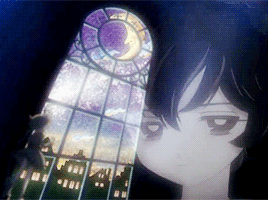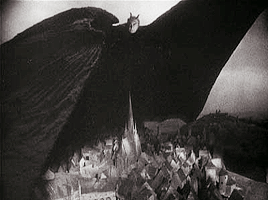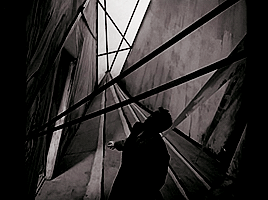alexanderhamiltonisthebottom:Princess Tutu + German Expressionism The German Expressionist movement
alexanderhamiltonisthebottom:Princess Tutu + German Expressionism The German Expressionist movement was largely confined to Germany due to the isolation the country experienced during World War I. In 1916, the government had banned more foreign films in the nation. The demand from theaters to generate films led film production to rise from 24 films (1914) to 130 films (1918). With inflation on the rise, Germans were attending films more freely because they knew that their money’s worth was constantly diminishing.Various European cultures of the 1920s embraced an ethic of change, and a willingness to look to the future by experimenting with bold, new ideas and artistic styles. The first Expressionist films made up for a lack of lavish budgets by using set designs with wildly non-realistic, geometrically absurd sets, along with designs painted on walls and floors to represent lights, shadows, and objects. The plots and stories of the Expressionist films often dealt with madness, insanity, betrayal, and other “intellectual” topics (as opposed to standard action-adventure and romantic films). Later films often categorized as part of the brief history of German Expressionism include Metropolis (1927) and M (1931), both directed by Fritz Lang. This trend was a direct reaction against realism. Its practitioners used extreme distortions in expression to show an inner emotional reality rather than what is on the surface. x -- source link
#princess tutu









